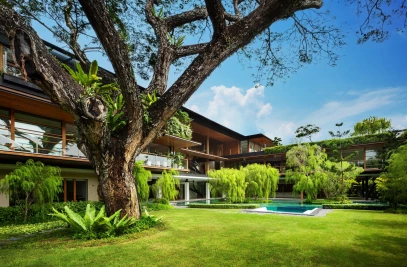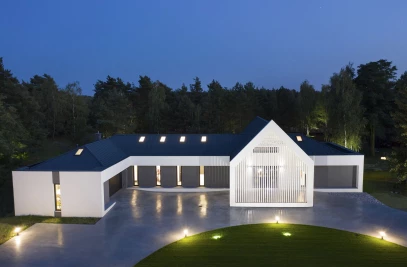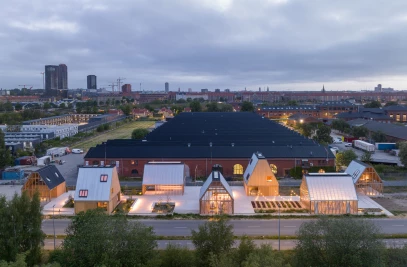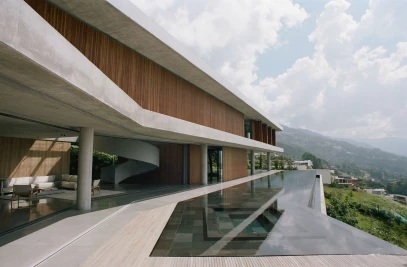The three pavilions designed by FLOAT each mark an ecologically rich area that could be expropriated to make way for the Pacific Connector Pipeline. One is located in an estuary, another in a wetland and the third is riparian.

FLOAT intends to change the perception of the regions value as ecological, nutrient cycling, multi-species sheltering and biodiverse, instead of extraction and profit.

The wooden structures have loose thatch that spiral around. FLOAT is upfront that the pavilions make for a terrible shelter for humans. This further underlines their intent to place the use as habitat for species at all scales above the usual human supremacy in architectural space.

The pavilions were designed by Erin E. Moore, architect and a faculty member in the Department of Architecture and in the Environmental Studies Program at the University of Oregon, and constructed by members of Moore’s research practice FLOAT (Construction project management: Chris White; Fabrication and installation: Mike Kwilos, Serena Lim, Andrew Loia, Zach Bradby, Molly Winter).































